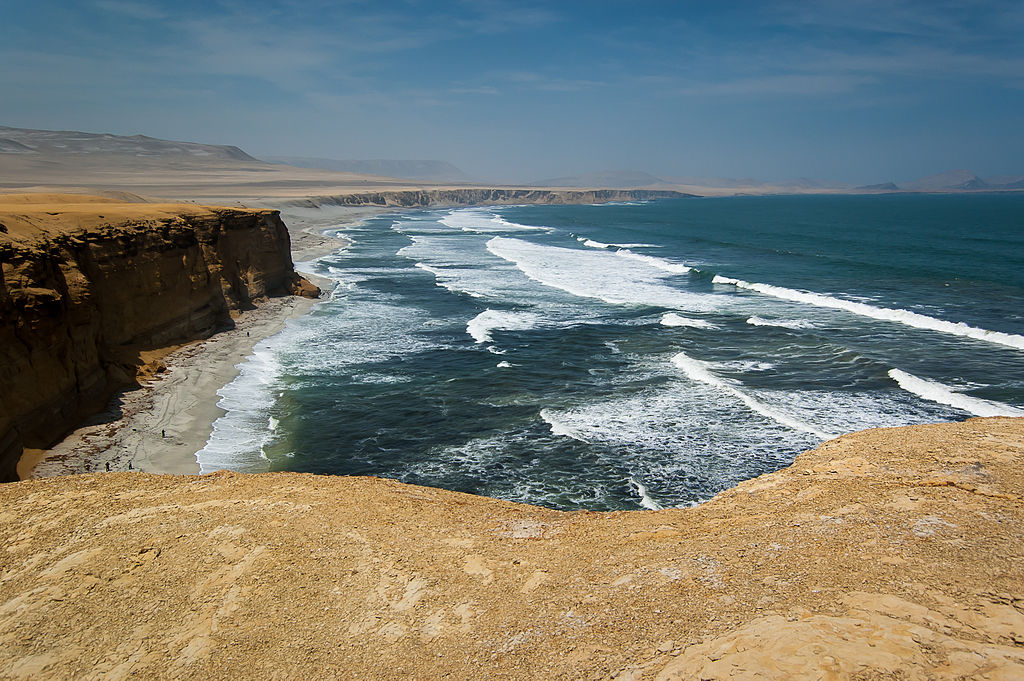Ocean waves
Sea Waves are mostly caused by wind. The wind drive waves are called the surface and are formed by the friction between wind and surface water. When the wind blows across the surface of the ocean, the continuous disturbance forms a wave crest.
These other types of sea waves also are discussed below.
Waves
A wave is a disturbance or change, that transfers the energy progressively from one point in the medium to another point. This disturbance in a medium (sea) carries energy without a net movement of particles. This may take the form of elastic deformation, change in pressure, etc.
In this article, we are going to discuss ‘sea waves, their formation, origin, types etc.
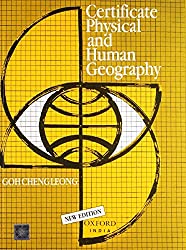
Types of Sea Waves
There are three types of Sea waves. They are distinguished as Wind Waves and Swell, Wind Surges, and Tsunamis (Sea Waves due to Earthquake, volcanic eruption, etc)
Sea waves are further classified based on their wavelength into Capillary Wave, Wind Wave, Seiche, Seismic Sea Wave.
Capillary Wave
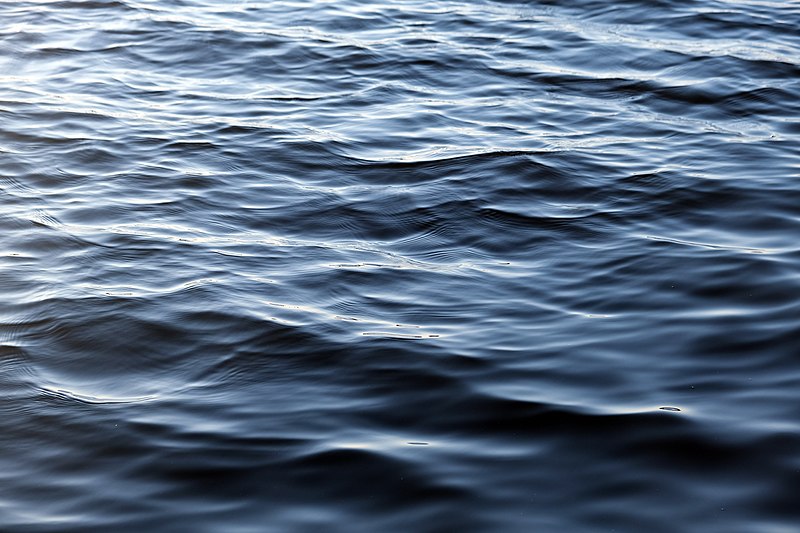
Capillary Wave has a wavelength less than 2 Cm. Its disturbing force is Wind.
Wind Wave
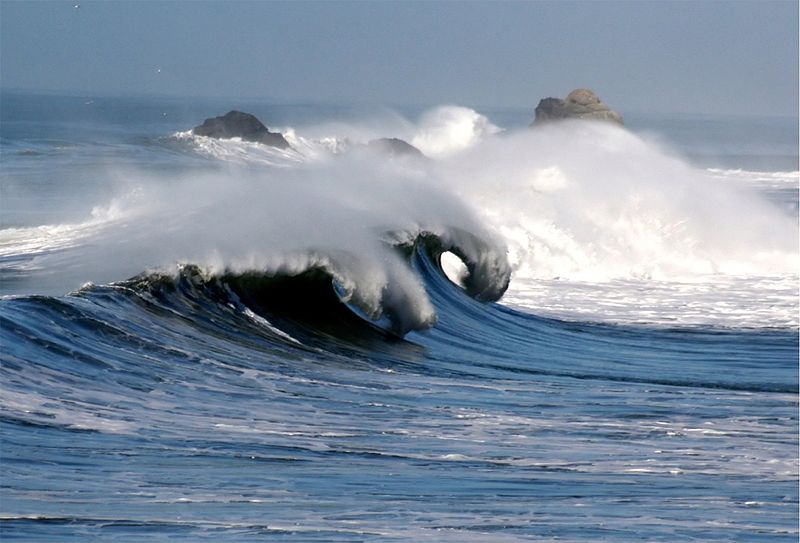
Wind Wave has a wavelength between 60 to 150m. This is caused by the wind over the sea.
Seiche Wave
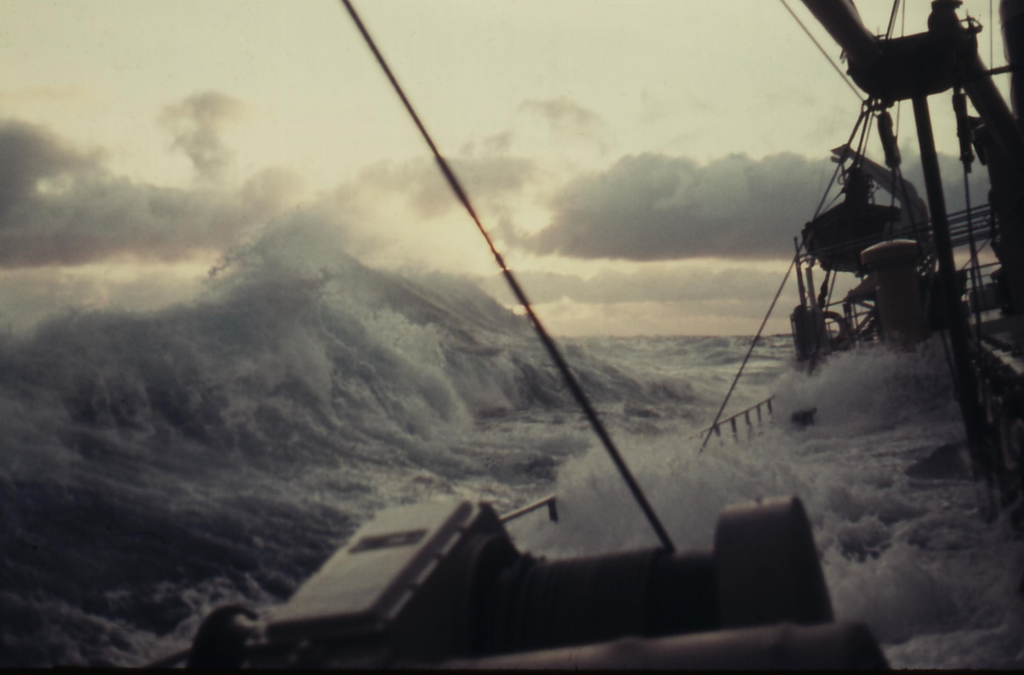
Seiche Wave has a Wavelength that is large than Wind Wave, it changes to a great extent and is in order of the basin size. This is caused by disturbing forces such as Storm surge, Change in atmospheric pressure, etc.
Tsunami or Seismic Wave
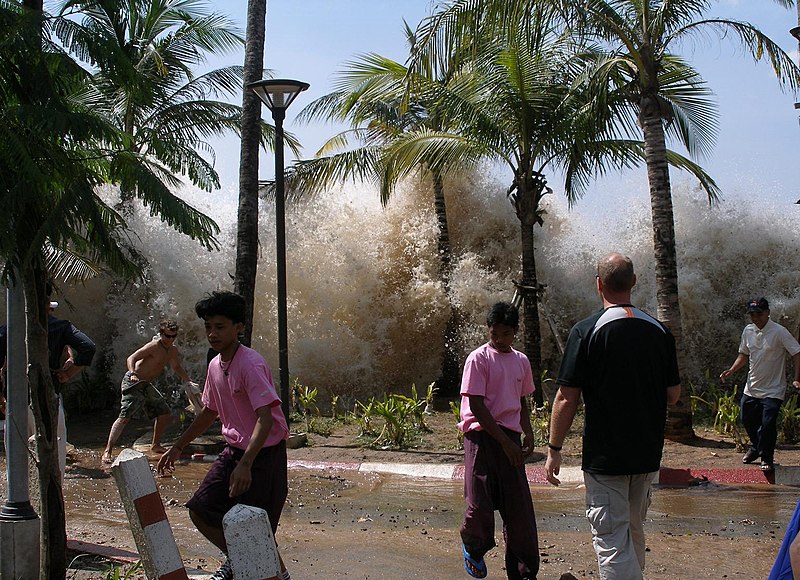
Tsunami Wave has a typical wavelength of about 200 Km. This type of wave is caused by a volcanic eruption, landslide, earthquake. faulting of the seafloor.
Sea Waves
The waves are energy that moves across the ocean’s surface. The water particles travel in a small circle when the wave passes by.
Mostly, this energy is triggered by the wind and makes the waves travel, making this energy released on the seashores. The Waves on the surface of the ocean and their motion affects the deepwater of oceans that are stagnant.
The waves get slow down when reaching the beach. This is due to friction between the seafloor and the dynamic water. The wave breaks when the depth of the water is less than half of the wavelength of the wave.
Open oceans are home to the largest waves. The waves grow in size as they move and absorb energy from the wind.
Wind Wave Formation
Most of the waves are formed due to wind driving against the water. When a breeze of two knots or fewer blows over the calm water, small ripples were created and grow as the speed of the breeze increased. This wave grows until the white caps appear in the breaking waves.
The sea wave travels thousand of miles before rolling ashore, breaking and dissolving as surf.
Wave Size and Origin
The origin of a wave can be determined by the size of the wave. Steep waves are young waves that are probably formed due to the local wings.
But the steady and slow waves may have formed from far away places, maybe or even from another Hemisphere.
Height of Wave
The maximum wave height is determined by the strength of the wind. But how long the wind blows and the area over which the wind blows in a single direction determines the wave height.
Waves travel because the wind pushes the water body in its course. But gravity pulls the crests of the waves downward. The falling water pushes the former troughs upward, and the wave moves to a new position.
The actual motion of the water below the waves is circular. This indicates that things are carried up and forward as the wave approaches, and down and back as it passes.
Characteristics of Waves
Wave crest and trough
The highest and lowest points of a wave are called the crest and trough respectively.
Wave height
It is the vertical distance from the bottom of a trough to the top of a crest of a wave.
Wave amplitude
It is one-half of the wave height.
Wave period
It is merely the time interval between two successive wave crests or troughs as they pass a fixed point.
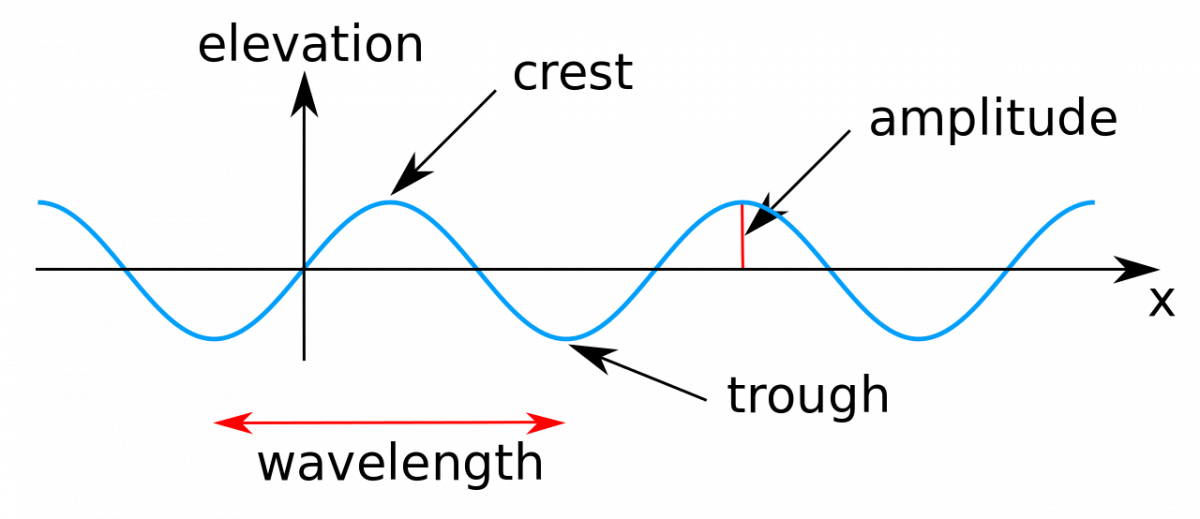
Wavelength
It is the horizontal distance between two successive crests.
Wave speed
It is the rate at which the wave moves through the water, and is measured in knots.
Wave frequency
It is the number of waves passing a given point during a second time interval.
Conclusion
The waves are basically of four types. The winds are the main cause of the sea waves. The other causes are earthquakes, volcano eruptions, landslides, etc. Also based on the size of the wave its origin can be determined.
